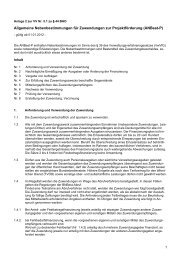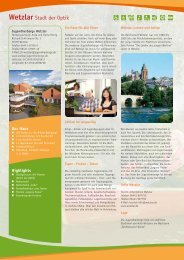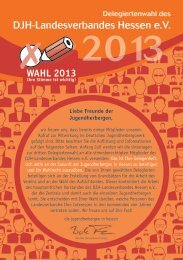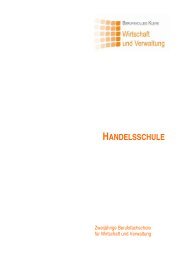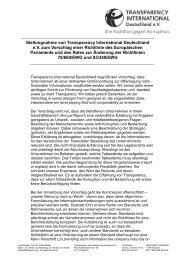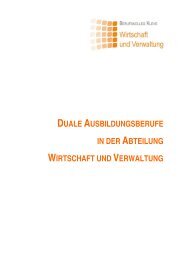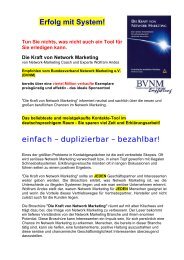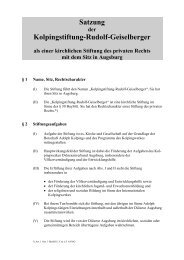REPA Booklet - Stop Epa
REPA Booklet - Stop Epa
REPA Booklet - Stop Epa
You also want an ePaper? Increase the reach of your titles
YUMPU automatically turns print PDFs into web optimized ePapers that Google loves.
22<br />
The Domino Effect of a Pacific EPA<br />
“PACER and<br />
the Cotonou<br />
Agreement have<br />
set in motion a<br />
process of<br />
negotiation of<br />
[free trade<br />
agreements]<br />
between the<br />
[Pacific Island<br />
Countries] and<br />
the EU and New<br />
Zealand, and for<br />
providing the<br />
United States<br />
with similar<br />
preferential<br />
treatment. The<br />
widening of<br />
preferential<br />
trading<br />
arrangements<br />
beyond PICTA is<br />
inevitable. Only<br />
the timing,<br />
extent and<br />
benefits are<br />
uncertain.”<br />
(Embarking on a<br />
Global Voyage,<br />
World Bank,<br />
2002)<br />
Why have the Pacific Islands agreed to negotiations with the European Union?<br />
There are numerous reasons:<br />
- they are members of the ACP Group, and most were parties to Lomé, so they were automatically<br />
involved;<br />
- Pacific Islands that trade with the European Union need to protect their interests;<br />
- the Commission portrays aid and trade negotiations as a coherent package and most Islands want the<br />
money;<br />
- major donors (Australia, NZ, the ADB/World Bank) would view opting out as evidence of weak<br />
governance;<br />
- there is hope that the Islands can secure trade or development assistance that will leave<br />
them better able to cope with globalisation than they are now.<br />
What flow-on effects would a Pacific Economic Partnership Agreement have for dealings with<br />
other countries?<br />
There are three main effects:<br />
1. Any precedents that are set in a Pacific Economic Partnership Agreement, especially in services, investment<br />
and competition, will be used by the European Commission to push other ACP regions into similar negotiations,<br />
most of them don’t want to. The Commission will likewise use those precedents in the WTO where similar<br />
demands have been rebuffed by the ACP countries.<br />
2. The three Compact States have a binding obligation to give the US the best treatment they give any other<br />
country (which is called Most Favoured Nation or MFN treatment). Because the Compact States have a low<br />
level of trade with Europe a Pacific Economic Partnership Agreement would have a minimal effect on them; but<br />
extending the same commitments to the US, which is their main trading partner, could have a massive impact.<br />
3. The Pacific ACP states who are signatories to PACER (all except Vanuatu, Tuvalu and the three Compact<br />
States) will face pressure from Australia and New Zealand to extend at least as good treatment to them. Because<br />
Australia and NZ are the Islands’ major trading partners, the domino effect would be enormous.<br />
What would the domino effects of PACER be?<br />
In a paper on the likely revenue impacts of a Pacific Economic Partnership Agreement, Wadan Narsey said that<br />
previous studies under-estimated the tariff loss to the Islands from a similar agreement with Australia and NZ.<br />
That is partly because the kind of good imported from Australia and NZ tend to attract higher tariffs, so the loss<br />
will be higher, and partly because goods that appear to be Fijian exports are often re-exports of goods imported<br />
from Australia and NZ. That means they won’t meet the Rules of Origin under PICTA or PACER and will be<br />
defined as goods from Australia and NZ.<br />
Can the Islands minimise the flow-on effect of a Pacific Economic Partnership Agreement under<br />
PACER?<br />
Narsey stresses the need to calculate the revenue effects of each negotiating option for the European Union and<br />
Australia and NZ. The Pacific Islands could minimise the impact of removing tariffs on trade in goods if they:<br />
- convert duties on imports to excise taxes that would apply to similar local goods. This could be defended<br />
under the WTO rules for ‘sin’ goods (alcohol and tobacco) and health-damaging products (sweet processed<br />
food and fatty meats) and possibly for luxury items (justified as an equity measure). Because most of these<br />
products are imported the taxes could still be collected at the border, just as tariffs are now. The impact on<br />
local producers would be limited;<br />
- raise revenue through an increase in Value Added Tax (VAT). Countries that don’t have VAT should<br />
introduce it, with a high threshold so that small businesses don’t need to provide returns, but with few<br />
exceptions to ensure simplicity and reduce avoidance. The regressive effect of a VAT, which takes a higher<br />
proportion of income from the poor than tariffs usually do, could be countered if governments spent more<br />
of their revenue on meeting poor people’s basic needs;<br />
- introduce an income tax where the country doesn’t have one (meaning Vanuatu); and<br />
- convince the European Union to provide compensatory finance.<br />
A People’s Guide To The Pacific’s Economic Partnership Agreement 47



